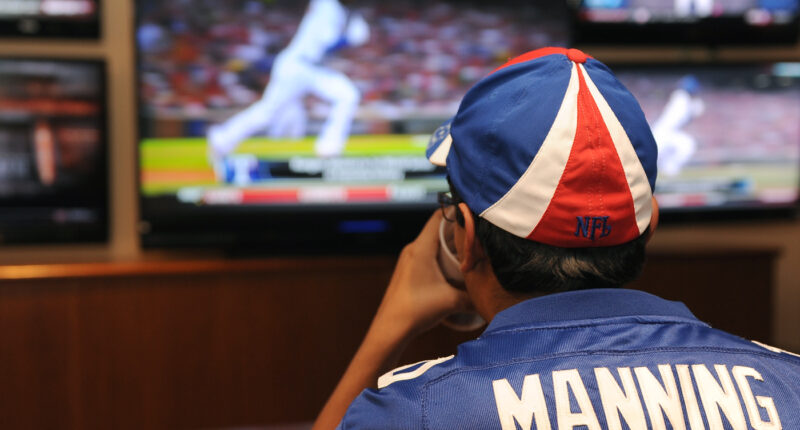In recent weeks, those who consider major league sports a television show got confirmation of their theory. Two separate sports leagues partnered with television networks, showing the synergy between broadcasters and the content they produce.
On the one hand, the deals reflect the old axiom that “content is king.” On the other, they reveal how leagues that generate content see the value in teaming up with a partner that can distribute their content to as many households and eyeballs as possible.
Tighter Network Ties
Roughly five months after Fox Sports began broadcasting IndyCar races at the start of this season, the company announced it had not only extended the media rights deal but taken a one-third stake in Penske Entertainment. Through the transaction, Fox gained an ownership stake in both IndyCar and the Indianapolis Motor Speedway.
A week later, the National Football League announced it had sold the NFL Network and related properties to ESPN. Under the series of agreements — which, because they need regulatory approval, will not be consummated until 2026 at the earliest — ESPN will operate the NFL Network for both cable and direct-to-consumer (i.e., streaming) audiences, distribute the NFL RedZone to pay TV operators, and combine its fantasy football programs with those operated by the NFL. At the same time, press outlets reported that the NFL had also taken an ownership stake in broadcast partner CBS, via a content partnership with Skydance Media.
Content Acquisition Strategies
Both of the transactions demonstrate the power of live sports. In IndyCar, Fox receives access to a marquee sporting event with a storied history — the largest single-day sporting event in the world, held at the largest sporting venue (by seating capacity) in the world.
By selling a percentage stake to the NFL, ESPN and its parent company Disney increased their access to a “tent-pole” sport that dominates the cultural landscape. Time will tell whether and how the transaction, and the league taking a stake in CBS, will affect the NFL’s media rights negotiations with other content platforms. The parties (not surprisingly) claim it will not, but other broadcasters may disagree. Just as important, once the transaction is completed, ESPN will have a greater selling point for its new direct-to-consumer streaming service, set to debut this Aug. 21.
The transactions reflect how, in an increasingly diffused media and streaming landscape, live sports can still attract eyeballs by the millions. And while neither the IndyCar-Fox nor the NFL-ESPN press releases said so explicitly, it seems necessary to note that the recent explosion in sports-related gambling has obviously affected fans’ demand for more live product.
Do Leagues Need a Bigger Moat?
Sports’ formal affiliation with broadcast partners is not necessarily new. ESPN has owned college football bowl games, which have become a staple of the network’s holiday broadcast slate (and of gambling enthusiasts), since 2001.
But these new investments could also herald the start of a sea change, as fans, leagues, and broadcasters learn how to navigate the streaming era. With subscriber numbers falling as more households cut the cable cord, ESPN views its new monthly streaming service as beginning a new era in broadcasting.
But will the new era prove as profitable as the old? How many fans will pay $30 per month just to see ESPN sports content? Enough to justify the enormous rights fees that ESPN, to say nothing of other broadcasters, pays to the major sports leagues? Many fans — including this one — have already gotten tired of watching sports leagues migrating content to multiple streaming channels, so as to find myriad ways to dun customers. How much will fans pay, and for how long?
Analyzing the NFL-ESPN deal, a recent Wall Street Journal column asked a provocative question: “What if the league’s place in American life is but an artifact of a technological era” — that is, virtually all games available to customers who buy a cable bundle — “and subject to rapid erosion?”
In that scenario, these types of transactions may become less an example of sports trying to capitalize on growing popularity and more like a flight to safety. As Warren Buffett has famously observed, “It’s only when the tide goes out that you learn who’s been swimming naked.” By aligning themselves with large corporate partners controlling major content distribution channels as the streaming era evolves, IndyCar and the NFL showed their desire not to get caught with their proverbial pants down.









